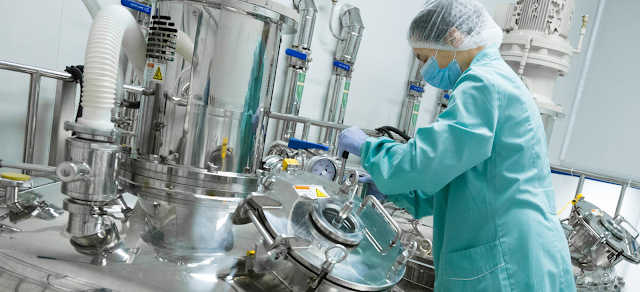Fungi are a
sophisticated life form, whether mushrooms, moulds or yeasts. A new level of
complexity has been detected through recent mycological research that expands
upon our understanding as to how fungi communicate.
The research is based on
computer analysis of the electrical signals fungi produce. The purpose of
these electrical signals appears to function as a mechanism whereby fungi can
communicate to each other.
Fungi conduct
electrical impulses through hyphae (the long filamentous structures produce by
moulds and mushrooms). To draw on an analogy, this is perhaps similar to how
nerve cells transmit information in animals.
Earlier research has
demonstrated that the firing rate of the electrical impulses increases in
tensity when the hyphae of wood-digesting fungi contact with wooden. This
opened up the scientific inquiry for fungi deploying an electrical “language” so
they can share information about food or, perhaps, injury to other fungi when the
hyphae of other fungi are connected.
This has led to
the current research and the remarkable finding that the identified patterns possess
some structural similarity to human speech.
This possibility
has been raised by Professor Andrew Adamatzky from the University of the West
of England. Adamatzky analysed the patterns of electrical spikes generated by
four species of macroscopic fungi:


·
Enoki
(also known as velvet shank, this is a species of edible mushroom in the family
Physalacriaceae).
·
Split gill (fungus
in the genus Schizophyllum. The mushroom resembles undulating waves of
tightly packed corals or loose Chinese fan).
·
Ghost (Omphalotus
nidiformis. Ghost fungi often grow en masse in large overlapping
clusters around the bases of both living and dead trees).
·
Caterpillar
fungi (Ophiocordyceps sinensis, this is a fungus that grows on
insects).
Adamatzky undertook
his research by inserting tiny microelectrodes into the fungal mycelia (the
vegetative part of a fungus, consisting of a network of fine white filaments).
Many fungi will combine to form mycelia.
The electrical
spikes foreach of the four fungi can be classified as different sets of activity,
patterns similar to vocabularies representing 50 sets if information (analogous
to 50 different words). It also appears that the distribution of the “fungal
word lengths” has a level of similarity with human languages.
Often the
electrical signals are used in combination, creating a sentence like form of communication.
Of the different the Split gills (often found on decaying wood) produces the
most complex “sentences”.
The purpose is
with survival of a mass of fungi, signalling the presence of attractants (such
as a food source) and repellants (something that might cause the fungi harm).
Speaking
with The Guardian, Adamatzky says: “We do not know if there is a
direct relationship between spiking patterns in fungi and human speech.
Possibly not…On the other hand, there are many similarities in information
processing in living substrates of different classes, families and species. I
was just curious to compare.”
Certainly the
electrical spikes do not appear to be random and there are rhythmic patterns,
and they have some kind of purpose. Further research will either confirm or
refute the findings and explore whether there is indeed a fungal language.
The research
appears in the journal Royal Society Open Science. The research
paper is titled “Language of fungi derived from their electrical spiking activity.”
Posted by Dr. Tim Sandle,
Pharmaceutical Microbiology Resources (http://www.pharmamicroresources.com/)







